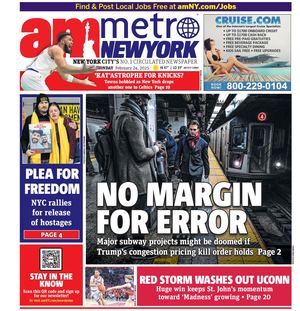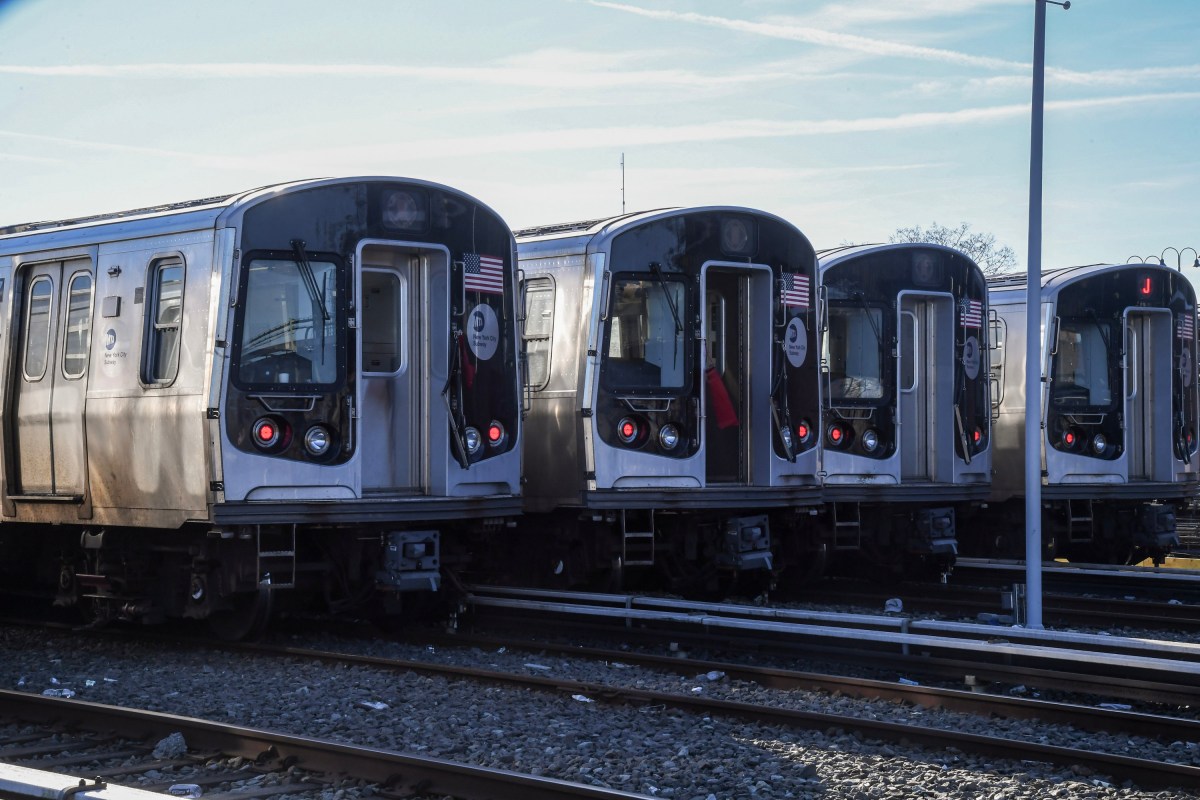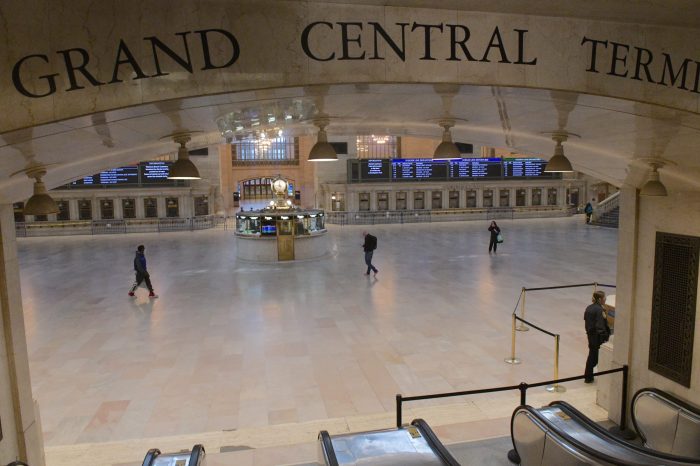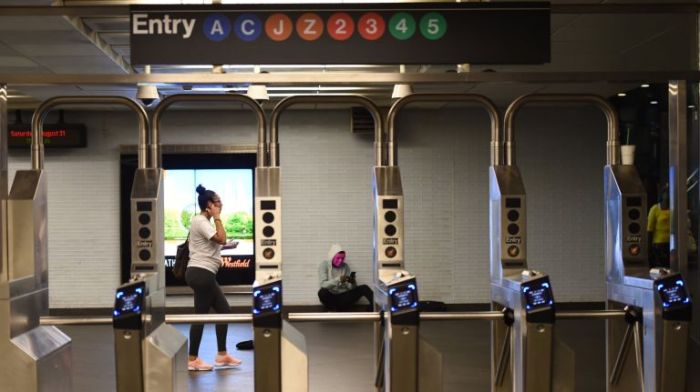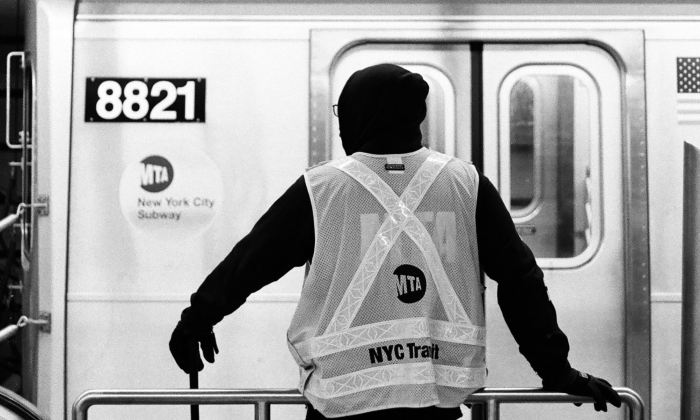MTA Inspector General Carolyn Pokorny says when it comes to doing work for the MTA, contractors are not subject to competitive standards before being award work.
Pokorny says her office has re-issued this observation year-after-year while the MTA continues to rate subpar contractors as “satisfactory,” leading to evaluation inflation which contributes to higher priced work. But it looks like the authority might be listening this time.
The MTA has agreed to revamp their vendor rating system as part of the transformation program.
“There is no use in a pass/fail test where everyone passes,” Pokorny said in a statement Wednesday. “The MTA’s contractor evaluation system has been ineffective for a long time. Kudos to the MTA for agreeing to reform this system to serve the best interests of our riders and taxpayers.”
According to Pokorny, the underlying cause of this supposed faulty rating system is due to the MTA not keeping sufficient records of specific flaws that occurred in the process of a contractor completing specific work.
In fact, fewer than 1% of contractors have been given unsatisfactory scores while similar findings were released in 2009 and 2015 reports.
“We agree that the contractor evaluation process needs to be changed in order to make it a better tool and that is one focus of the new MTA Construction & Development organization,” John McCarthy, chief of staff of MTA Construction and Development, said. “At the same time, we have taken an aggressive approach to improve the contractor management process including bundling projects together, leveraging design-build and modern construction techniques and putting them under a single, accountable Project CEO.”
The inspector general’s office has recommended that the MTA come up with a more accurate system with more complete information regarding the performance of vendors.
But this year’s report comes as the MTA struggles with what agency leaders have called the worst financial crisis in its history with a $12 billion deficit looming over the next four years and the likelihood of the need to borrow $10 billion as a stop-gap measure.
On Tuesday, the state Comptroller Thomas DiNapoli released an audit that showed if federal relief is not delivered from Washington lawmakers in the form of a stimulus, the MTA’s debt would grow from $35.4 billion to up to $50 billion. This means that by 2024, every dollar the MTA makes in revenue will directly to paying off its debts.
The MTA’s finances may not make a comeback soon, either, with ridership going from a drop of 90% in March due to the pandemic, and only rebounding by 25% of pre-COVID-19 levels since the city began the first phase of reopening in June.
Fare and toll revenue accounts for almost half of the agency’s operational funding, according to the MTA, and without this federal funding, they may have to resort to either more borrowing or service cuts amounting to 40% on subways and buses as well as a $1 fare hike; all of which the MTA has said are last resorts in the event that the U.S. Senate continues its refusal to approve another stimulus.
